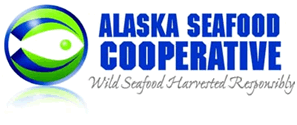An exempted fishing permit is a permit issued by the Alaska Region of NMFS to allow groundfish fishing activities that would otherwise be prohibited under regulations for groundfish fishing. These permits are issued for limited experimental purposes to support projects that could benefit the groundfish fisheries and the environment. Examples of past projects supported by an EFP include the development of new gear types for an underutilized fishery and development of devices that reduce prohibited species bycatch.
Halibut is a prohibited species (PSC) for groundfish fisheries and annual halibut bycatch limits (called PSC caps) have constrained Bering Sea flatfish yields to varying degrees over the last 30 years. As a prohibited species, regulations require that halibut be returned to the water as soon as possible and with minimal injury while allowing for the necessary handling for monitoring, management and accounting purposes.
In light of the constraint halibut bycatch caps pose on groundfish fisheries and in recognition that many halibut appear to be viable when first brought up in flatfish trawls, changes in regulations to allow halibut to be returned to the sea from the deck (deck sorting) have long been a high priority for the Alaska Seafood Cooperative and others in the Bering Sea non-pollock catcher processor (CP) trawl fleet. In the mid-1990s, cooperative research on the Pacific Glacier attempted to use “grid sorting” to return halibut to the water while viable. In 1999, Groundfish Forum started working on its “halibut mortality avoidance program” proposal (HMAP) to allow deck sorting on its flatfish catcher processor vessels. Unfortunately, neither proposed program was implemented because the needed monitoring and accountability measures were unavailable at the time.
